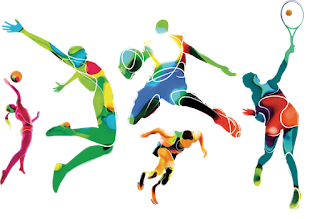Reflection and physical education
DIETHERDAVEAPOSTOL REFLECTION:In the field of physical education and health, students learn about the human body, exercise and nutrition. Graduates may become physical education teachers, personal trainers, health educators or fitness professionals.
JOCELYN DELA PENA REFLECTION:subject that can teach,as to understand and to know about the topic of so that which can help us to apply our self at the time we need and also this are guide to how our lifestyle maintain in a good way of to still living in this world.this talk about of our daily life.we can continue to apply this in a right time we need this and also we can help to other to teach them how lifestyle maintain in good way so that we can stay long here in this world until we have still giving us on God,we can share to others what we can learned and understanding to how we did this.
ANGEL PANES REFLECTION:Physical education, also known as Phys Ed., PE, Gym or Gym class, and known in many Commonwealth countries as physical training or PT, is an educational course related of maintaining the human body through physical exercises (i.e. calisthenics).
IVY A. MOSICO REFLECTION:sports skills like tennis or aerobic dance, with a secondary emphasis on team sports. Physical education develops fitness and fosters the desire for lifelong participation in physical activity. high school curriculum prepares students to become highly proficient in one or more sport and/or fitness activity of their choice. Physical education classes teach the health benefits of regular exercise and healthy food choices along with the risks of inactivity and poor diet. Students of all ages might be asked to dedicate themselves to making a few small improvements in diet and exercise for a period
DIVINE MUYA REFLECTION:In this PE class, I have learned so many things about Volleyball and Basketball. The skills that will increase my abilities to play in these two kinds of sports. These two sports are completely different. One, I know how to be on my own when I wasn't have any partners or teams. Another thing, I learn how to work as a team and to be trust in my teammate. In each class of PE, I have learned new skills so that I could use when I played as a team or alone. Not only for sorts I learned a lot but also for the health tips the teacher usually added while on class discussion. This subject will help me through Physically and in Healthy way.


Great article. This information is impressive. I am inspired with your post. I hope you post again soon. Your post is very helpful for me. Safety playground
ReplyDeleteYess correct
ReplyDelete